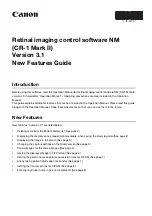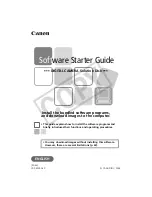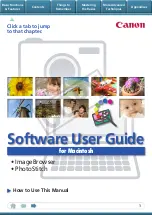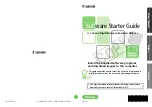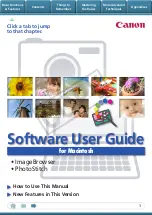
C
ExtremeWare XOS 11.1 Concepts Guide
457
BOOTP
Bootstrap Protocol. BOOTP is an Internet protocol used by a diskless
workstation to discover its own IP address, the IP address of a BOOTP
server on the network, and a file that can be loaded into memory to
boot the machine. Using BOOTP, a workstation can boot without a
hard or floppy disk drive.
BPDU
Bridge protocol data unit. In STP, a BPDU is a packet that initiates
communication between devices. BPDU packets contain information
on ports, addresses, priorities, and costs and ensure that the data ends
up where it was intended to go. BPDU messages are exchanged across
bridges to detect loops in a network topology. The loops are then
removed by shutting down selected bridge interfaces and placing
redundant switch ports in a backup, or blocked, state.
bridge
In conventional networking terms, bridging is a Layer 2 function that
passes frames between two network segments; these segments have a
common network layer address. The bridged frames pass only to
those segments connected at a Layer 2 level, which is called a
broadcast domain (or VLAN). You must use Layer 3 routing to pass
frames between broadcast domains (VLANs).
In wireless technology, bridging refers to forwarding and receiving
data between radio interfaces on APs or between clients on the same
radio. So, bridged traffic can be forwarded from one AP to another AP
without having to pass through the switch on the wired network.
broadcast
A broadcast message is forwarded to all devices within a VLAN,
which is also known as a broadcast domain. The broadcast domain, or
VLAN, exists at a Layer 2 level; you must use Layer 3 routing to
communicate between broadcast domains, or VLANs. Thus, broadcast
messages do not leave the VLAN. Broadcast messages are identified
by a broadcast address.
C
carrier VLAN
In STP, carrier VLANs define the scope of the STPD, including the
physical and logical ports that belong to the STPD as well as the
802.1Q tags used to transport EMISTP- or PVST+-encapsulated
BPDUs. Only one carrier VLAN can exist in any given STPD.
checkpointing
Checkpointing is the process of copying the active state configurations
from the primary MSM to the backup MSM.
CIDR
Classless Inter-Domain Routing. CIDR is a way to allocate and specify
the Internet addresses used in interdomain routing more flexibly than
with the original system of IP address classes. This address
aggregation scheme uses supernet addresses to represent multiple IP
destinations. Rather than advertise a separate route for each
destination, a router uses a supernet address to advertise a single
route representing all destinations. RIP does not support CIDR; BGP
and OSPF support CIDR.
CLI
Command line interface. You use the CLI to monitor and manage the
switch.
B
(continued)
Содержание ExtremeWare XOS 11.1
Страница 16: ...Contents ExtremeWare XOS 11 1 Concepts Guide 16...
Страница 20: ...Preface ExtremeWare XOS 11 1 Concepts Guide 20...
Страница 21: ...1 Using ExtremeWare XOS...
Страница 22: ......
Страница 78: ...Managing the ExtremeWare XOS Software ExtremeWare XOS 11 1 Concepts Guide 78...
Страница 168: ...Virtual LANs ExtremeWare XOS 11 1 Concepts Guide 168...
Страница 200: ...Policies and ACLs ExtremeWare XOS 11 1 Concepts Guide 200...
Страница 252: ...Security ExtremeWare XOS 11 1 Concepts Guide 252...
Страница 265: ...2 Using Switching and Routing Protocols...
Страница 266: ......
Страница 294: ...Ethernet Automatic Protection Switching ExtremeWare XOS 11 1 Concepts Guide 294...
Страница 354: ...Extreme Standby Router Protocol ExtremeWare XOS 11 1 Concepts Guide 354...
Страница 416: ...IP Multicast Routing ExtremeWare XOS 11 1 Concepts Guide 416...
Страница 417: ...3 Appendixes...
Страница 418: ......
Страница 432: ...Software Upgrade and Boot Options ExtremeWare XOS 11 1 Concepts Guide 432...































